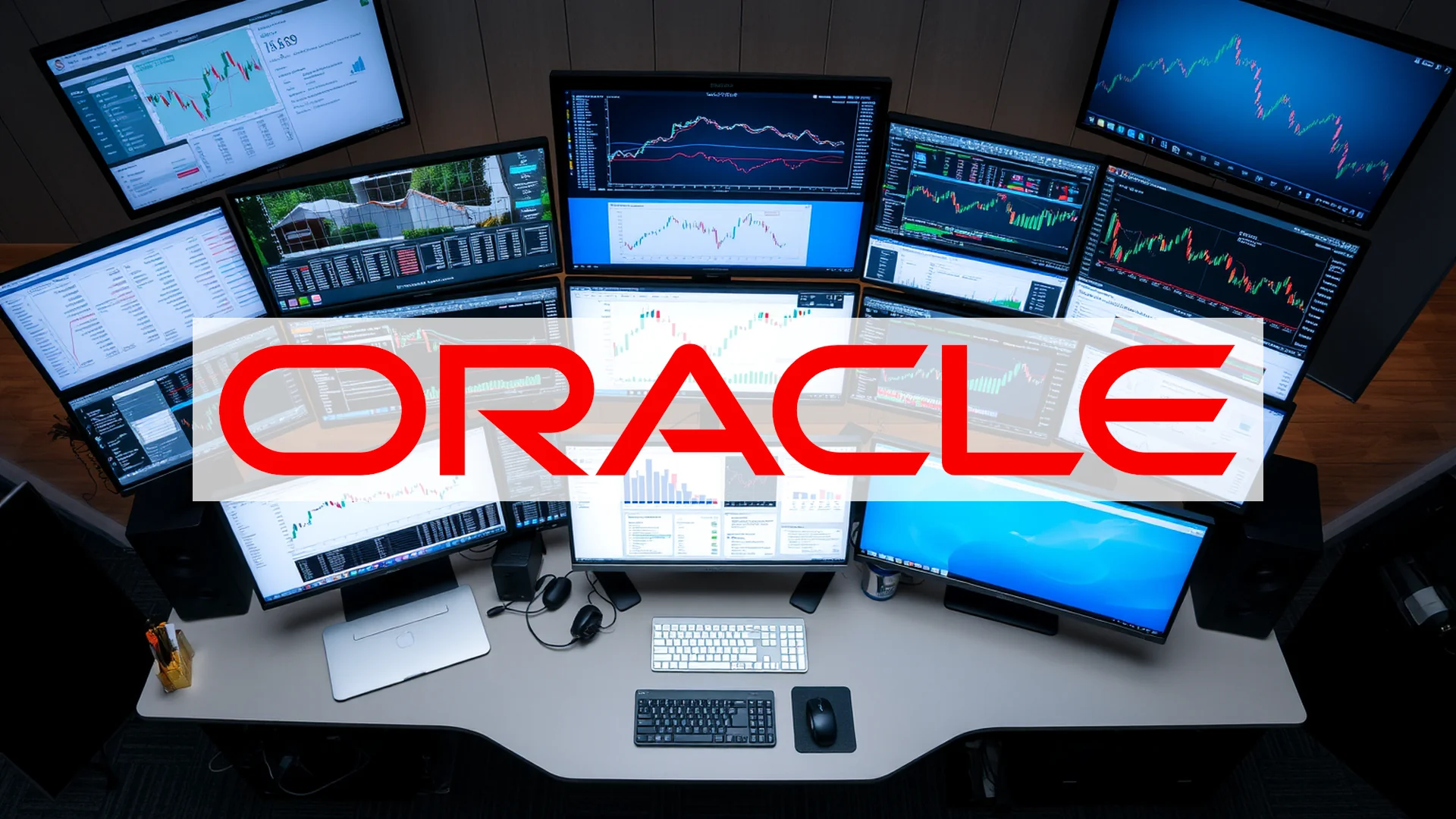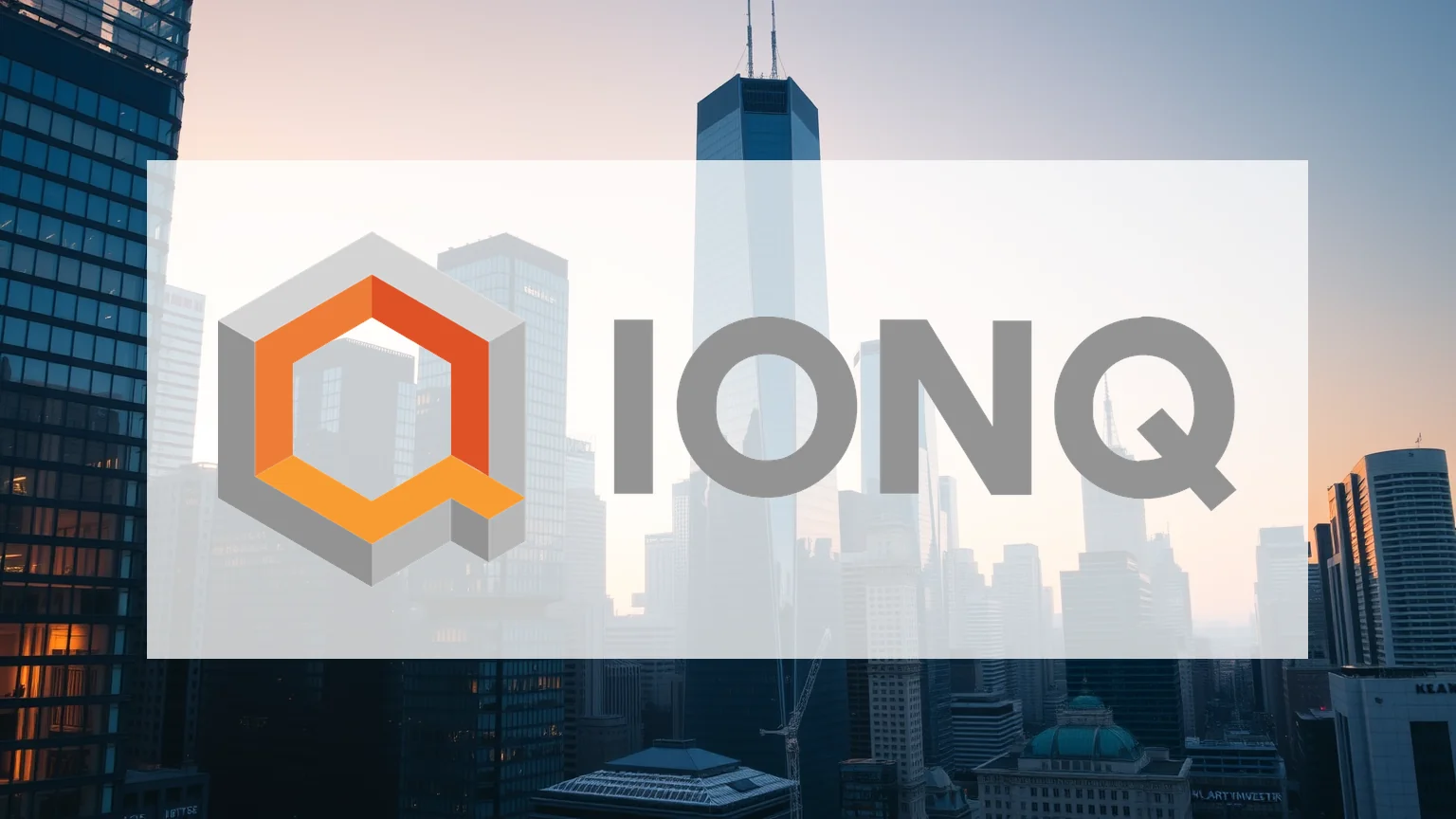A staggering $455 billion in committed future business sent Oracle Corporation’s stock soaring, with shares rocketing approximately 27% in extended trading. The software behemoth demonstrated its rapidly expanding influence in the competitive cloud computing sector, overshadowing a quarterly performance that narrowly missed certain analyst forecasts.
Unmatched Visibility Fuels Investor Confidence
While Oracle’s earnings per share of $1.47 came in slightly below the anticipated $1.48, the monumental scale of its contracted future revenue captivated the market. The company’s Remaining Performance Obligations (RPO), a key metric of booked but unrecognized revenue, skyrocketed by an astonishing 359% year-over-year. CEO Safra Catz attributed this surge to “four multi-billion-dollar contracts secured with three distinct customers.”
This colossal backlog provides Oracle with exceptional financial predictability. A significant portion of the revenue outlined in its ambitious five-year forecast is already contractually secured. Management anticipates its RPO will surpass the half-trillion-dollar threshold within the coming months.
Aggressive Growth Trajectory Targets Cloud Leaders
Oracle unveiled a bold expansion plan squarely aimed at the industry’s dominant forces. The company issued specific revenue projections for its cloud infrastructure division:
- Fiscal 2026: $18 billion (representing 77% growth)
- Fiscal 2027: $32 billion
- Fiscal 2028: $73 billion
- Fiscal 2029: $114 billion
- Fiscal 2030: $144 billion
This projected growth trajectory would position Oracle’s cloud business within striking distance of Amazon Web Services ($112 billion in annual revenue) and Microsoft Azure ($75 billion). Chairman Larry Ellison highlighted the company’s momentum, noting, “MultiCloud database revenue from Amazon, Google, and Microsoft grew an incredible 1,529% this quarter.”
Should investors sell immediately? Or is it worth buying Oracle?
Strategic AI Alliances Accelerate Market Position
Oracle is capitalizing on the artificial intelligence revolution through key partnerships. Google’s Gemini AI models will become available on Oracle Cloud Infrastructure, while a separate capacity agreement for 4.5 gigawatts with OpenAI significantly deepens their collaboration.
Further strengthening its AI offerings, the company will launch the “Oracle AI Database Service” in October. This new service will enable clients to run AI models directly on their existing Oracle databases. Ellison emphasized the shift in customer engagement, stating, “Historically, we didn’t negotiate with CEOs. Now we’re doing exactly that.”
Solid Operational Performance Amidst Revenue Shortfall
Despite reporting revenue of $14.93 billion, which fell short of the $15.04 billion consensus estimate, Oracle displayed robust operational health:
- Total Cloud Revenue: $7.2 billion (a 28% increase)
- Cloud Infrastructure Revenue: $3.3 billion (a 55% jump)
- Operating Income: $6.2 billion (up 9%)
- Operating Cash Flow: $21.5 billion (a 13% rise)
The company plans to increase capital expenditures to $35 billion by 2026. CEO Catz characterized this spending plan as a “comparatively asset-light” strategy when measured against the investments required by competitors.
Oracle is successfully executing a remarkable transformation, evolving from a established software giant into a formidable cloud and AI contender—with the signed contracts to validate its strategic direction.
Ad
Oracle Stock: Buy or Sell?! New Oracle Analysis from December 12 delivers the answer:
The latest Oracle figures speak for themselves: Urgent action needed for Oracle investors. Is it worth buying or should you sell? Find out what to do now in the current free analysis from December 12.
Oracle: Buy or sell? Read more here...










